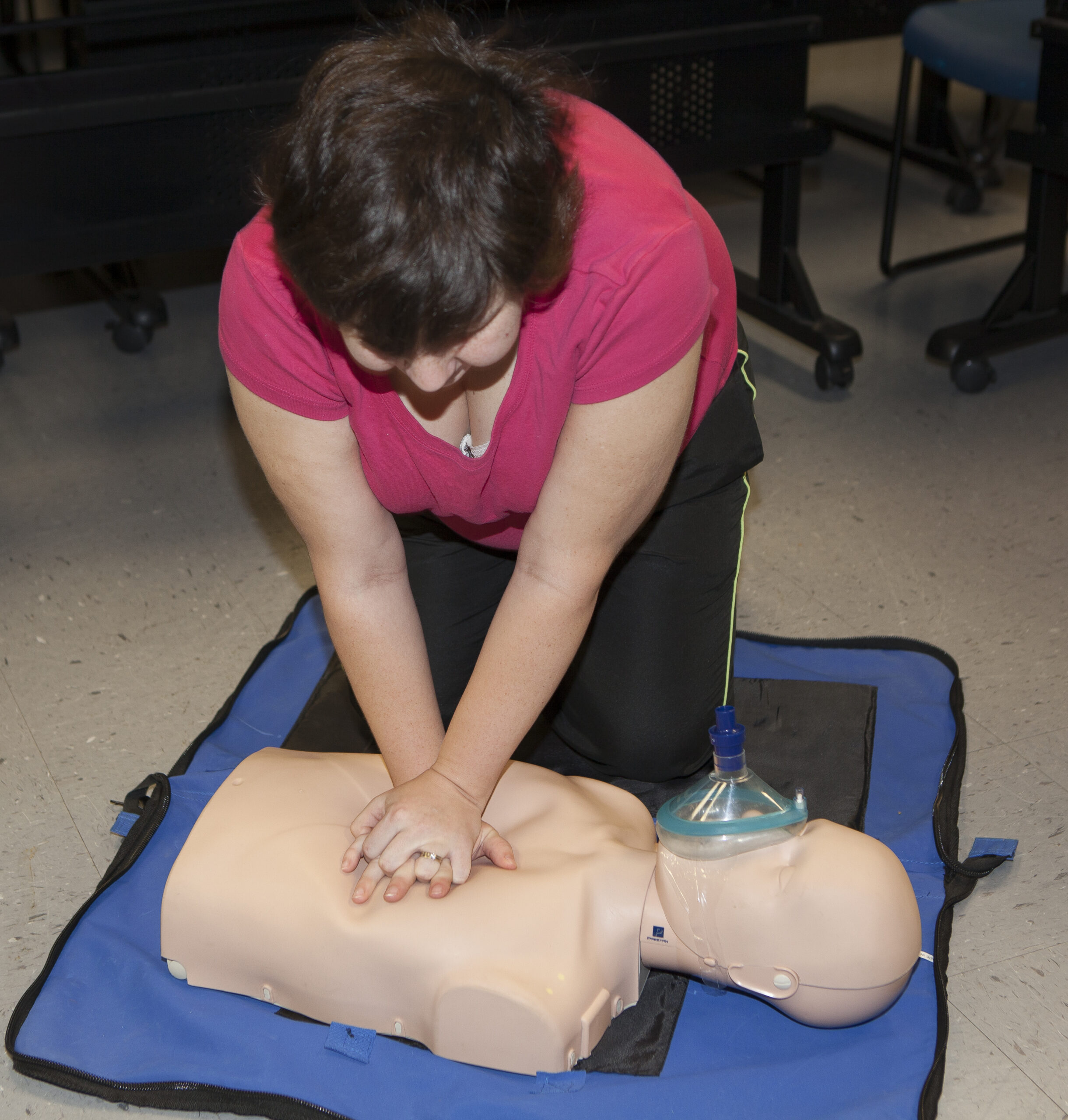Respiratory Arrest
Respiratory arrest is when there is no measurable breathing in a victim. It tends to occur in conjunction with cardiac arrest, but this is not always the case. Respiratory arrest is the most common indication of BLS in infants and toddlers. The most critical factor in restoring breathing in the victim is to provide high quality rescue breaths.
Drowning
In cases of drowning, rescuers should provide CPR as soon as an unresponsive victim is removed from the water. In particular, rescue breathing is important in this situation. A lone rescuer is typically advised to give CPR for a short time before leaving the victim to call emergency medical services. Since the primary cause of cardiac arrest and death in drowning and choking victims is hypoxemia, it is recommended to start with rescue breaths before proceeding to chest compressions (if pulseless). If the victim presents in a shockable rhythm, early defibrillation is still recommended.
Choking
Choking § Treatment
Choking occurs when a foreign body obstructs the trachea. Rescuers should only intervene in victims who show signs of severe airway obstruction, such as a silent cough, cyanosis, or inability to speak or breathe. If a victim is coughing forcefully, rescuers should not interfere with this process and encourage the victim to keep coughing. If a victim shows signs of severe airway obstruction, anti-choking maneuvers such as thrusts should be applied until the obstruction is relieved. If a victim becomes unresponsive he should be lowered to the ground, and the rescuer should call emergency medical services and initiate CPR. When the airway is opened during CPR, the rescuer should look into the mouth for an object causing obstruction, and remove it if it is evident.


